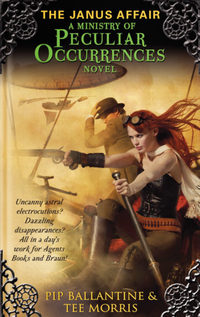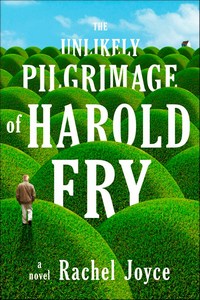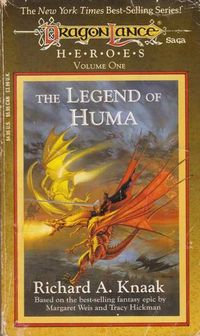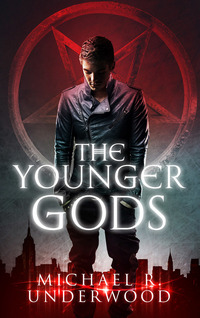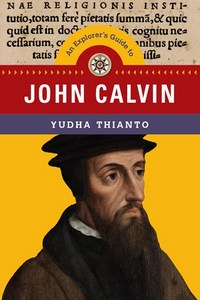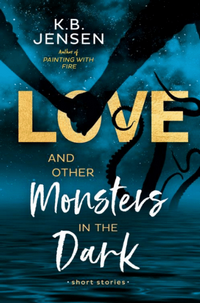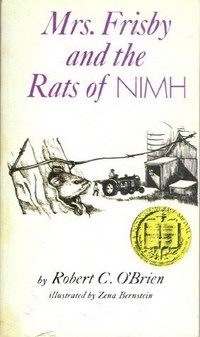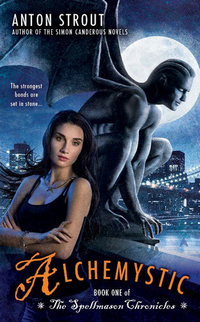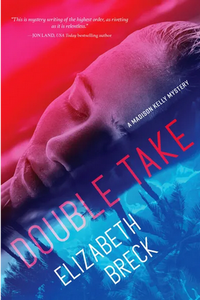
On October 24, 1934 Rex Stout’s first Nero Wolfe novel, Fer-de-Lance was published and history was made–no one knew it at the time, of course, especially not Stout. He’d tried a variety of other novels before, but hadn’t found much success with them, but he hit pay dirt with this one. He’d try related and similar works in the years to come, but they weren’t as successful as these and soon he just stayed with the characters he introduced in this novel.
This series influenced other series, later writers, and a few stories/series that are inspired by it. There’ve been a handful of movies and TV series based on the books, too (and a radio series, now that I think about it). And most importantly, it’s become a beloved part of the lives and bookshelves of devoted fans around the world. And it all started with this book eighty-eight years ago.

A year or two before I started this blog, I re-read the series, here’s what I wrote about the novel back then.
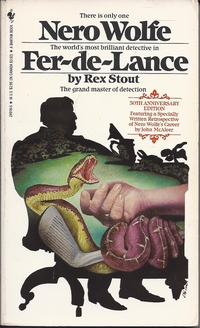 Rex Stout’s Fer-de-Lance is the first of 40+ books (novels or short story collections) featuring the exploits of private investigator Archie Goodwin (2 parts Huck Finn, 1 part Philip Marlowe) and his eccentric employer, Nero Wolfe (1 part Sherlock Holmes, 1 part Mycroft Holmes)—yes, I am one of those who think that Archie’s the main character in the misnomered Nero Wolfe Mysteries.
Rex Stout’s Fer-de-Lance is the first of 40+ books (novels or short story collections) featuring the exploits of private investigator Archie Goodwin (2 parts Huck Finn, 1 part Philip Marlowe) and his eccentric employer, Nero Wolfe (1 part Sherlock Holmes, 1 part Mycroft Holmes)—yes, I am one of those who think that Archie’s the main character in the misnomered Nero Wolfe Mysteries.
In reading about Rex Stout/Nero Wolfe (either by fans or professionals) there’s an oft-quoted line from Walter D. Edmonds that you simply cannot avoid seeing, “I shall never forget my excitement on reading Fer-de-Lance, sprung like Athena perfect form the Jovian brow, fresh and new and at the same time with enough plain familiar things in scene and setting to put any reader at his ease.” Aside from Oliver Wendell Holmes’ margin note (“This fellow is the best of them all.”), there’s nothing that sums up Fer-de-Lance better, sprung like Athena indeed.
It really doesn’t matter how many times you’ve read it, but upon re-reading (and probably even initial reading if this isn’t your first encounter with Wolfe and Archie—my initial read was more than 20 years ago, so I don’t remember) you can’t help be struck by how much Fer-de-Lance fits the model of a mature Wolfe novel—almost all the elements are there. These characters are introduced in practically their final format—a little tweak here and there over the course of the first few novels (off the top of my head I can’t say how many) will get them in their final form, plus the addition of a few other characters will be necessary, but the cast of characters is already over 90% complete. In the first chapter we already have Wolfe, Archie, Fritz, Theodore, Fred and Saul presented in a manner fully recognizable to the familiar reader. The story follows a fairly typical route (though the identity of the murderer is revealed far earlier than is the norm), and the essential environmental elements are there—the beer, Wolfe’s eccentric schedule, the orchids, a relapse, the food, a cocky scheme to land a client, an outrageous stratagem for getting that last essential piece of evidence (not that Wolfe needs it to solve the crime, merely to prove he was correct)—the only thing missing is the gathering of the witnesses/suspects/clients for Wolfe to reveal everything in his characteristically dramatic fashion. One recurring thought I had while reading it this time was that this could just as easily have been the fifteenth installment in the series as the first.
As I don’t recall reading about Stout consulting notes—and he’s known not to rewrite any part of these stories—the fact that he can keep all the idiosyncrasies he establishes here well-intact over the next 40 years is a testimony to his mental prowess as much as anything else could be. (Contrast Stout to contemporary authors who find themselves re-writing their own protagonist’s biographies thanks to their refusal to check their facts/fix errors).
Enough of that—what about the book itself? Wolfe takes a small case as more of a favor/indulgence/get-him-off-my-back to one of his operatives and in doing so, stumbles upon a fact or two that leads him to conclude that a university president has been murdered in a preposterous manner. Seeing (and seizing) the opportunity to earn a large fee from this, Wolfe sends Archie to place a $10,000 bet with the District Attorney responsible for the area the president died in—wagering that an exhumation of the body will produce two particular evidences of homicide. No bet is made, but since it’s Nero Wolfe suggesting it, the body’s dug up, the evidence found and we’re off…
A fun read, a decent mystery (Stout will get better at this), great characters, and a good introduction to a wonderful world fit for revisiting over and over again.
![]()



